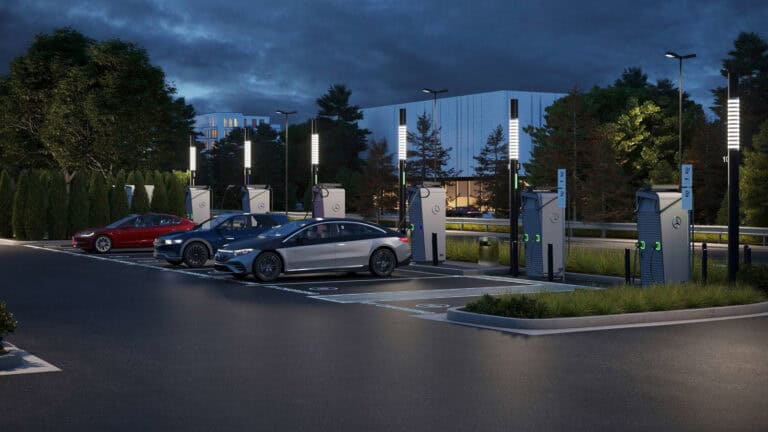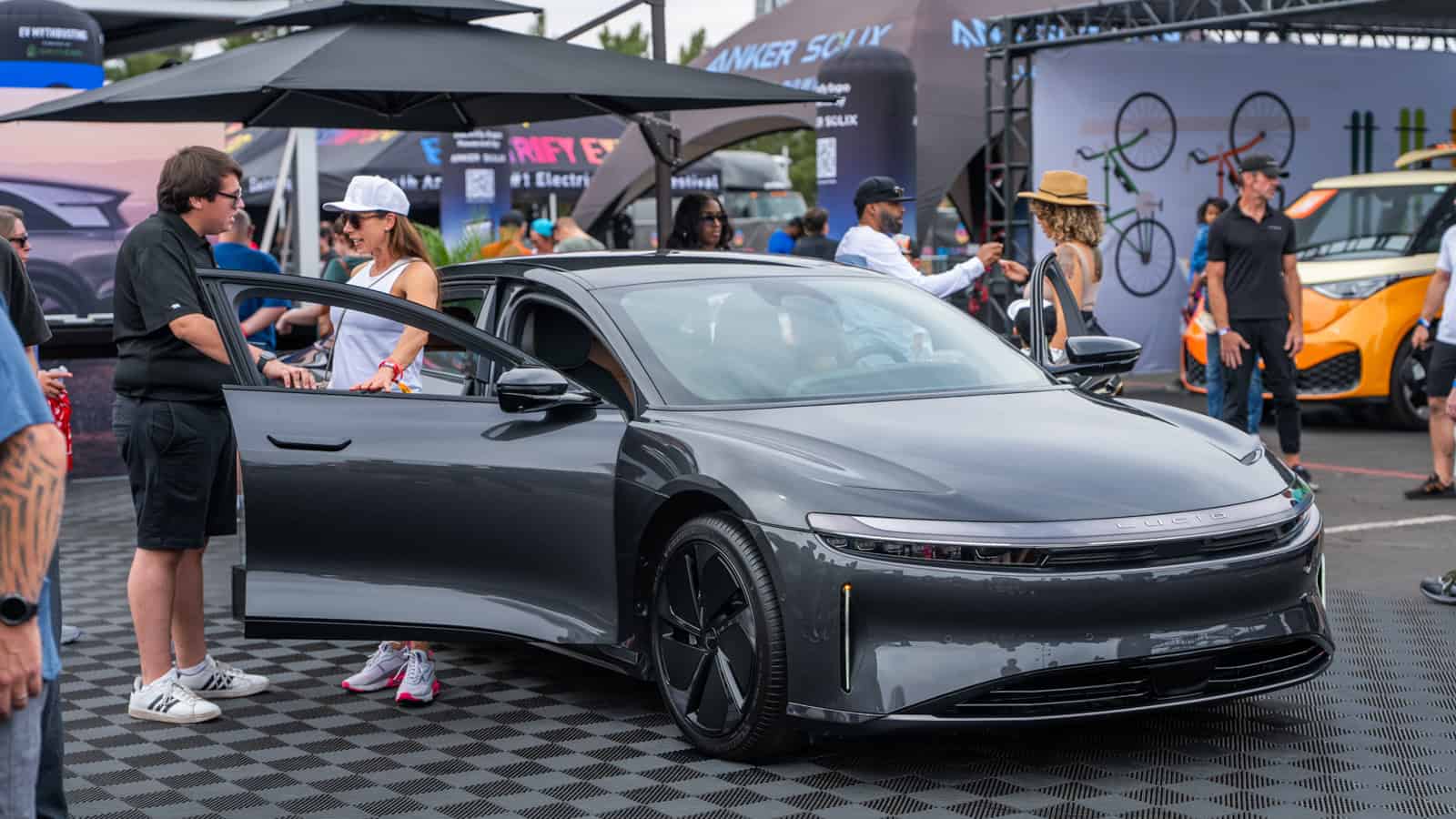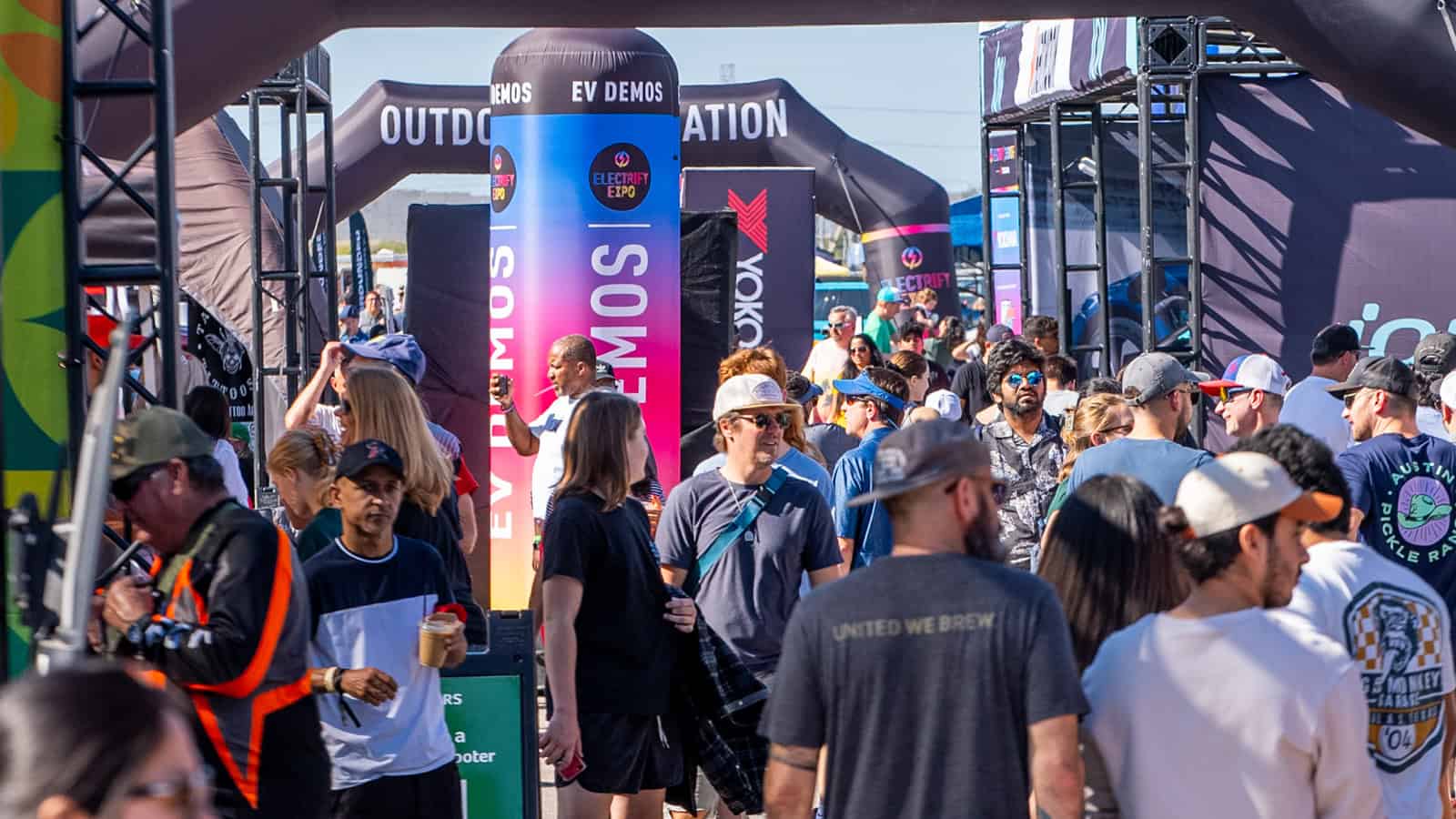- New rules that affect which EVs qualify for the federal EV tax credit may be changed to allow more EVs to qualify and, therefore, increase EV adoption.
- The credit has domestic battery sourcing requirements meant to stimulate the development of EV battery mineral refining and manufacturing in the United States.
- Sourcing materials from “Foreign Entities of Concern,” including China and others, is causing Ford, Tesla, and more OEMs to lose tax credit eligibility in 2024 for some models.
The federal EV tax credit is a significant and very effective step to encourage EV adoption. The credit has four main goals: To stimulate domestic battery production, create American jobs, avoid benefitting “Foreign Entities of Concern,” and encourage EV adoption. However, the goal of not benefitting China, one of the entities of concern, is preventing some vehicles from being eligible in 2024. Ford’s Mustang Mach-E and Tesla’s Model 3 RWD are two examples of ineligible vehicles. Companies are making changes as quickly as they can to qualify for the credit. The automakers, along with some lawmakers, are lobbying the Biden Administration to relax or delay the requirements so that more EV models will be eligible in 2024. If you agree with these efforts, contact your government representatives to show your support.
ADVERTISEMENT
The Federal EV Tax Credit, a Significant Boost to EV Adopters
The federal EV tax credit is the most significant boost to EV adopters that the United States government has implemented. Buyers may qualify for a credit of up to $7,500 if the buyer purchases a new, qualified plug-in hybrid electric vehicle (PHEV) or fuel cell electric vehicle (FCV). If a buyer purchases a qualified used electric vehicle (EV) or fuel cell vehicle (FCV) from a licensed dealer for $25,000 or less, the buyer may claim 30% of the sale price up to a maximum credit of $4,000. On January 1 2024, the credits will convert to a point-of-sale discount, which is expected to significantly increase sales.

The Federal Tax Credit Has Four Main Goals
The four main goals of the credits are to stimulate American battery production, create jobs, prevent sales from benefiting some foreign countries, and encourage EV adoption. The countries the rules exclude are called “Foreign Entities of Concern” and include China, North Korea, Iran, and Russia.
EV Battery Production Is Growing Rapidly in the U.S.
EV Battery production in the U.S. is growing rapidly, but the federal government and EV advocates believe it needs to grow much more. The reason for this is to keep up with the fast-growing rising tide of new electric vehicles replacing polluting, gas-powered internal combustion engine (ICE) vehicles.
Tying the credit to domestic battery production is significant since it very effectively stimulates the development of local battery mineral refining and manufacturing in the United States.
Previously, the tax credit was linked to the battery-storage capacity of a plug-in hybrid or battery-electric vehicle. New provisions in the Inflation Reduction Act changed that, including a requirement for domestically sourced minerals and components in the battery packs that increase by a percentage every year.
ADVERTISEMENT
Reasons the Federal Tax Credit Excludes Batteries Sourced From “Foreign Entities of Concern”
Reasons the tax credit excludes batteries sourced from China, North Korea, Iran, and Russia include political tensions between the United States and those countries. China is the top global source of EV batteries, producing 75% of the world’s lithium-ion batteries for EVs. China is also the world leader in EV adoption. 29% of passenger vehicles sold in China were EVs in 2022, compared to a much lower 8% in the U.S. Electric automakers are worried about Chinese electric vehicles (EVs) entering the American market. The low prices of Chinese EVs are one reason.
Exclusions in the Credits Are Causing Problems for OEMs and EV Buyers

However, the goal of excluding batteries sourced from China is causing problems for another main goal, which is to stimulate EV sales. Ford and Tesla are some of the companies with models that will lose eligibility for the credit in 2024. Ford’s Mustang Mach-E and Tesla’s Model 3 RWD use Chinese lithium-ion phosphate (LFP) batteries and will be ineligible in 2024. LFP batteries are one of the fastest-growing new battery technologies and are an important priority for American battery manufacturers.
Good News for Some EV Makers
The entire lineup of EVs produced by GM qualify for the full $7,500 credit in 2023. GM has indicated that many of its electric vehicle lineup will remain eligible for tax credits in 2024. Chrysler’s Pacifica PHEV is expected to qualify for a federal tax credit in 2024. The fifth best-selling EV in 2022, the Chevy Bolt EV, will be eligible for the credit in 2024. General Motors said that the Cadillac Lyriq and Chevrolet Blazer will temporarily be impacted in 2024, with eligibility expected to come back in the early part of the year.

Companies Making Changes Quickly To Claim the Credit
Existing made-in-America requirements for battery and critical mineral components mean that vehicles eligible for a partial or full credit in 2023 may or may not qualify as of Jan. 1, 2024. Critical mineral component percentages that must be produced or extracted in the United States will increase from 40% in 2023 to 50% in 2024. The qualifying percentage of battery components produced in North America for a vehicle to receive a tax credit will increase from 50% in 2023 to 60% in 2024.
Companies excluded from the EV tax credit in 2024 are moving as fast as they can to change their EV battery sourcing to domestic sources, but it will take time. Changes like these are complex and depend on many market factors. Ford is one of the companies planning to change its battery sourcing. In February 2023, the company announced a new EV battery facility in Michigan costing $3.5 billion, which could employ 2,500 people by 2026. For now, companies who source locally and qualify for the credit will have an advantage over those who don’t for some models, for example, Ford and Tesla.
ADVERTISEMENT
Lawmakers Lobbying to Delay New Rules
Lawmakers and others are currently lobbying the Biden administration to give automakers a temporary reprieve on these new rules. Automakers, along with the lawmakers that support them, have pointed out that it will take some time to build out the U.S. EV battery supply chain.
Take Action to Delay New Rules
If you believe strongly that the new EV tax credit rules should be delayed, it’s a valid point of view. The need to move more EV battery production to U.S. soil makes sense. Creating more American jobs and bolstering the U.S. economy with new battery plants are all valid goals. However, knocking some EV models out of eligibility for the credit harms EV adoption as a whole by offering consumers fewer choices unless they are willing to pay more for the unqualified models. If you agree with those favoring delaying or relaxing the new rules, contact your government representatives to show your support.
ADVERTISEMENT

FEATURED IMAGE: ELECTRIFY EXPO
FTC: We use income-earning auto affiliate links. Learn more.












5 Responses